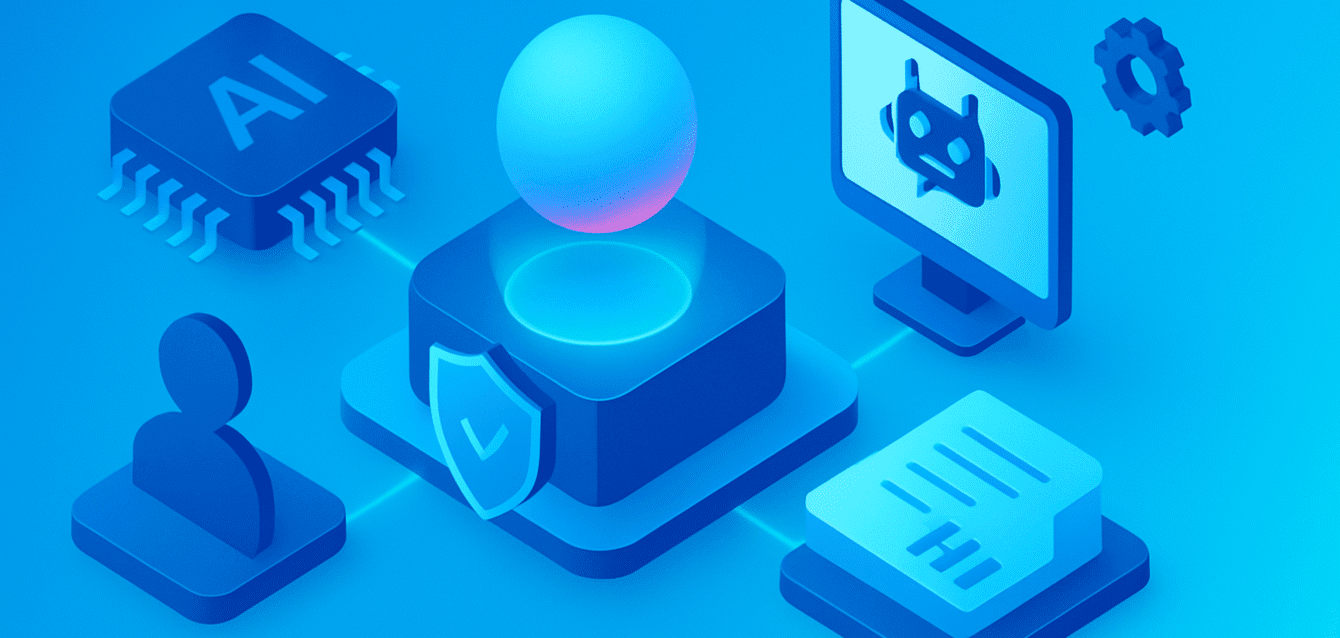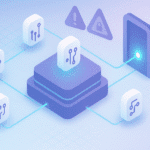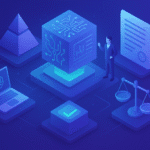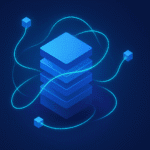OpenAI released new features on March 11th designed to help developers and enterprises build AI agents, automated systems that can independently accomplish tasks, using the company’s own AI models and frameworks. This is a big leap forward in building AI Agents for a wide variety of use cases as it quickly follows their introduction of two AI agents in ChatGPT: Operator, which navigates websites on a user’s behalf, and deep research, which compiles research reports for users.
Significance of the announcement
The recent announcement demonstrates a key strategic evolution from Open AI’s prior approach by shifting focus from foundational model development to creating a comprehensive ecosystem for AI agents. We have seen such industry shifts in the recent past with containers where the focus moved from container runtimes to orchestrators like Kubernetes changing the entire technology landscape for several companies. Autonomous agents will now be able to perform tasks independently and enterprises can capture value through agent deployment which will encompass the required models underneath.
A few key aspects to note in the announcement:
- Responses API
The Responses API is designed for developers who want to easily combine OpenAI models and built-in tools into their apps, without the complexity of integrating multiple APIs or external vendors. It combines the simplicity of the Chat Completions API with the advanced tool-use capabilities of the Assistants API, making it easier to build systems autonomously such as web searches, file searches, and even computer-based operations. Data submitted via the API is not used for model training or service improvements unless users explicitly opt in. Non-enterprise users may not have the same stringent privacy guarantees as enterprise customers, which means usage of enterprise accounts by employees building agentic apps becomes key. - Built-in Tooling
The tooling expands the functionality of Open AI’s models, allowing them to perform tasks beyond simple text generation. The web search tool allows the models to retrieve real-time information from the internet, providing up-to-date answers with citations so that the responses are not bound by the model’s training data cut off date. The file search tool similarly allows models to retrieve relevant information from uploaded files stored in vector databases enabling customers to use file search to provide relevant tailored answers from their disparate knowledge bases. The computer usage tool on the other hand can be leveraged for automation workflows or testing virtual systems. - Agents SDK
Agents SDK is essentially a toolkit for developers to orchestrate workflows for single or multi-agent systems, integrate models into internal application logic, and monitor agent activities for debugging leveraging tools like tracing. As explained in the Open AI documentation the three main components are –- Agents, LLMs equipped with instructions and tools
- Handoffs, allows agents to delegate to other agents for specific tasks
- Guardrails, enables the inputs to agents to be validated
The guardrails for input validation helps to prevent irrelevant, harmful, or undesirable behavior by agents which is the key building block for safety and security. Third party API’s are fully supported in the SDK allowing for seamless insertion of runtime protection
Securing AI apps built using OpenAI SDK with Acuvity
Using our vast experience in the security industry, Acuvity’s runtime protection was built for easy insertion across deployments types as illustrated in our recent blog. Open AI has provided complete flexibility in its SDK to include specific guardrails and the complete gamut of Acuvity guardrails can be invoked from here to secure the Agentic apps. This dramatically simplifies security insertion as illustrated below:
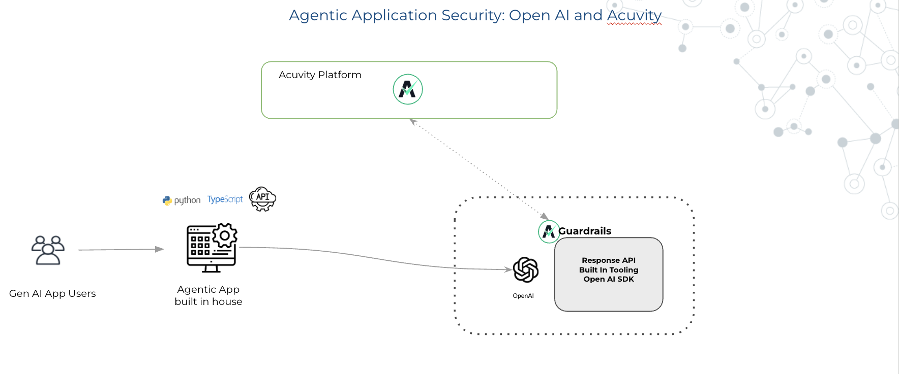
Here are examples of Acuvity guardrails you can invoke from within the Open AI SDK with a simple API call:



Conclusion
OpenAI CEO Sam Altman made a strong prediction back in January that 2025 is the year AI agents enter the workforce. Open AI has taken a big step in that direction with the recent announcement by providing the building blocks that enable developers and enterprises to effectively create autonomous systems that deliver real-world impact.
Acuvity was built with the goal of transparent security insertion to allow for complete Gen AI inventory across users and agents, exploit prevention and protection from malcontent and sensitive data loss. The two technologies can come together seamlessly to help enterprises achieve safe and secure Gen AI usage.

